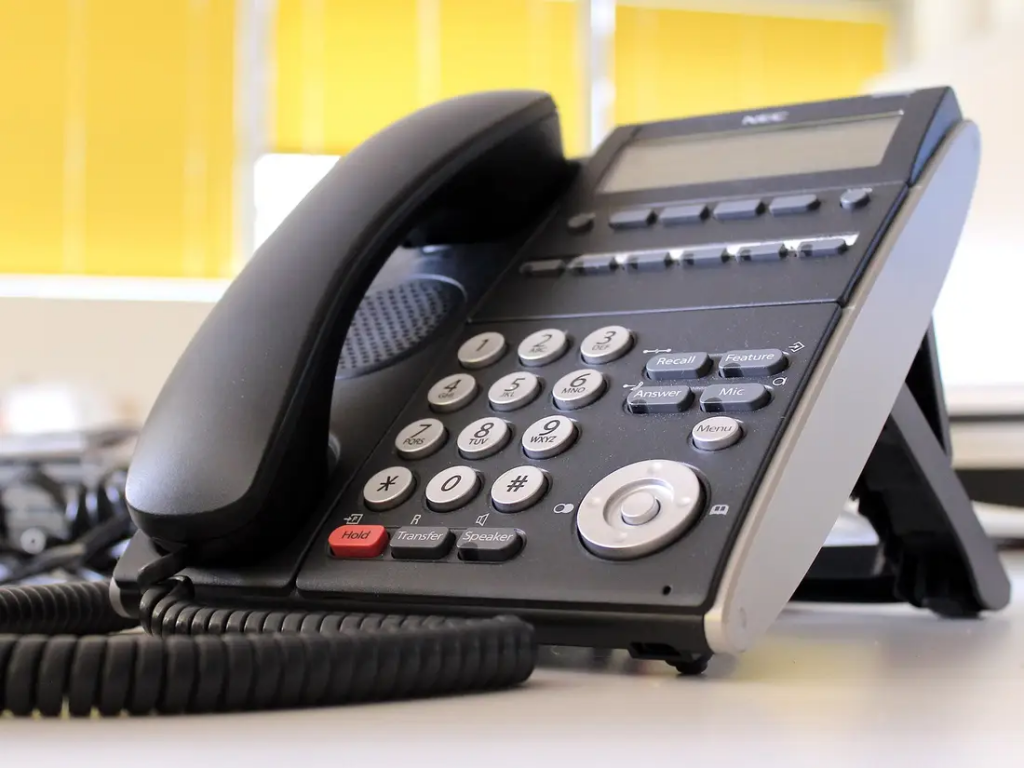Telecom Services Providers Abu Dhabi
Today’s dynamic enterprise environment requires smarter communication solution for diversified roles of employees. Flexible device usage and round-the-clock connectivity is the need of the hour for the mobile workforce in order to have consistent in-office experience while working from home, between appointments or while on the move. Increasing competition, flexible work places and timings give rise to the need for more collaborative communication solutions for in-office and mobile workforce. With Collaboration and Mobility as the key aspects of business communications, the term ’Unified Communication’ has been evolved. Quicknet Computers is a joined communication solution engineered on four pillars of Communication, Collaboration, Messaging and Mobility to upgrade client convenience and business productivity. With its intuitive interface and inherent progressing highlights of Email Integration, Video Calling, Presence Sharing and BLF Keys. Quicknet empowers an organization to easily extend its reach to the employees. It’s designed to overcome geographical, communication device and user-accessibility barriers with a single platform solution.
Telecommunication Systems
Consider for a second all the various communications that occur in an association. A few correspondences are up close and personal, yet others utilize some kind of innovation. Consider email, calls, text informing, seeing pages on the Internet, downloading records. These correspondences utilize a broadcast communications framework. A broadcast communications framework is an assortment of hubs and connections to empower media transmission. Telecommunications is correspondence a ways of utilizing electrical signs or electromagnetic waves. Examples of telecommunications systems are the phone organize, the radio telecom framework, PC systems and the Internet. The hubs in the framework are the gadgets we use to speak with, for example, a phone or a PC
Segments of a Telecommunication System
In its most key structure, a telecommunication system framework incorporates a transmitter to take data and convert it to a sign, a telecommunication system to convey the sign and a collector to take the sign and convert it again into usable data. This applies to any correspondence framework, regardless of whether it utilizes PCs or not. Most current telecommunication system frameworks are best portrayed as far as a system. This incorporates the essential components recorded above yet, in addition, the foundation and controls expected to help the framework. There are six essential parts to the telecommunication system arrange.
1. Information and yield gadgets likewise alluded to as ‘terminals’
These give the beginning and halting purposes of all correspondence. A phone is a case of a terminal. In PC arranges, these gadgets are generally alluded to as ‘hubs’ and comprise of PC and fringe gadgets.
2. Telecommunication system channels, which transmit and get information
This incorporates different sorts of links and remote radio frequencies.
3. Telecommunication system processors, which give various control and bolster capacities
For instance, in numerous frameworks, the information should be changed over from simple to advanced and back.
4. Control programming, which is liable for controlling the usefulness and exercises of the system
5. Messages speak to the genuine information that is being transmitted
On account of a phone arrange, the messages would comprise of sound just as information.
6. Conventions indicate how each kind of telecommunication system frameworks handle the messages
For instance, GSM and 3G are conventions for cell phone interchanges, and TCP/IP is a convention for correspondences over the Internet. While early telecommunication system frameworks were worked without PCs, practically all the frameworks we use today are automated somehow or another.












